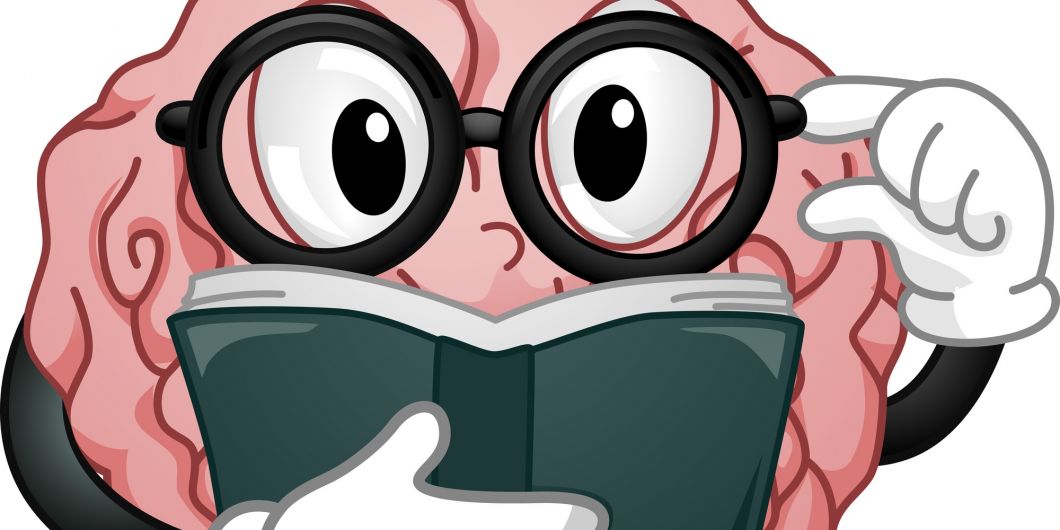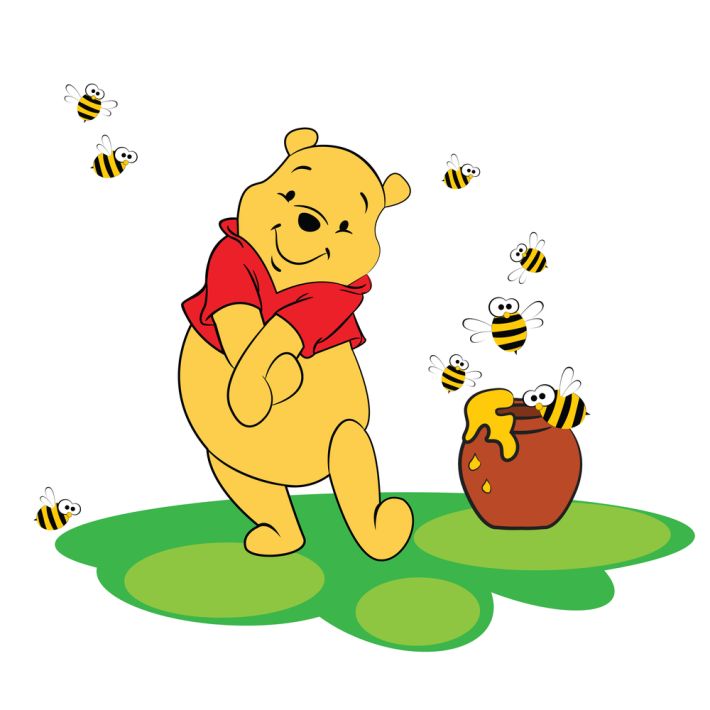- in Mental Health by Tony
Introduction to mental health in literature

Mental health is an important and often misunderstood topic affecting millions worldwide. Raising awareness and promoting understanding of mental health issues is crucial to creating a more inclusive and supportive society.
In recent years, literature has emerged as a powerful tool for exploring and shedding light on mental health experiences. Through relatable characters and thought-provoking narratives, texts and their emergence into film enable nonmedical individuals to gain insights into various mental health conditions and foster compassion.
More...
In this post, we will delve into the world of mental health in non-fiction books dating back to the Roaring Twenties to the present time, discussing their significance and impact on readers today.
How knowledgeable are you about mental health portrayed in books and drama, then serialised into films?
Only to find the book is better than the movie.
Was the problem with the characters, or was the fine detail missing or misleading?
Mental health in literature has captivated readers for centuries. Authors have skilfully used their writing to delve into the intricacies of the human mind, with its storyline and cognitive complexities, to captivate the reader’s attention.
From the haunting pages of Charlotte Perkins Gilman’s “The Yellow Wallpaper” where the suffocating grip of her own post-partum depression psychosis is explored, the story is about a young woman, confined to her room and denied all creative outlets, who gradually suffers a mental breakdown.
It is then followed by the modern-day masterpiece “Everything I Never Told You” by Celeste Ng, which unearths themes of grief and isolation. Literature offers a profound glimpse into the realm of mental health.
Through vibrant descriptions and vivid characterisations, these stories entertain and educate readers about the multifaceted nature of mental well-being. They give us a unique opportunity to peer into tormented minds, fostering empathy and understanding.
By giving voice to these experiences, literature plays an indispensable role in dismantling stigmas surrounding mental illness. It paves the way for crucial conversations that can cultivate greater awareness and support for those grappling with such challenges in real life.
Therefore, mental health in literature is both a reflective mirror showcasing our own struggles and a guiding light leading us towards compassion and healing.
The uncompassionate portrayals of characters in books and films

The uncompassionate portrayals of fictional characters have long been discussed within the literary world. While literature has undoubtedly played a crucial role in shedding light on mental health, there are instances where characters suffering from mental illnesses or emotional struggles are portrayed in an uncompassionate manner.
These portrayals can perpetuate stereotypes and further stigmatise individuals dealing with such challenges.
Authors need to approach these narratives with sensitivity and empathy, ensuring that readers gain a deeper understanding of the complexities surrounding mental health.
By presenting well-rounded characters who are more than just their mental health issues, literature can contribute to breaking down barriers and fostering greater acceptance and support.
Through nuanced storytelling, we can challenge societal misconceptions and promote a more compassionate portrayal of mental health in literature. Madness was commonly depicted in literary works, such as Shakespeare’s plays; characters being restrained with chains or straitjackets was typical in an abnormal treatment era.
Not to mention the brutal treatment of patients in one flew over the cuckoo’s nest, which also had straitjackets, white walls and lobotomies.
This was arguably an accurate portrayal of mental health when we once believed that mental disorders were rooted in moral failings.
Unfortunately, literature then implied to the public that merciless institutions were the only viable option for the mentally ill.
Literature in early childhood development, portraying mental health issues

It is surprising how early in childhood, the mental health theme appears within the literature. Take, for example, the Winnie the Pooh series, created by A.A. Milne, which may not immediately come to mind when considering the topic of mental health being discussed in publications.
However, these beloved children’s stories profoundly connect to the case. Each character in the wood represents a different aspect of mental well-being, subtly exploring various psychological struggles.

For instance, Eeyore embodies depression with his perpetual sadness and gloomy outlook on life. Tigger, on the other hand, showcases characteristics of hyperactivity and impulsivity often associated with attention deficit hyperactivity disorder (ADHD).
Piglet: Generalised Anxiety Disorder. The theory states that he may have suffered from an injury that crippled his self-esteem, and that his stuttering problem most likely developed from said injury.
Owl: Dyslexia and Short-Term Memory Loss. Even though he’s shown as being exceptionally bright, it’s revealed that he has trouble reading. An example would be in Pooh’s Grand Adventure when he mistook the word school for “skull.” Also, Owl tends to forget things as quickly as he says them.
Tigger: ADHD. Is always seen bouncing and can never stay in one place for an extended period.
Kanga: Social Anxiety Disorder. She is very overprotective of her son and would never let him make his own decisions because of her overprotectiveness.
Roo: Autism. He lacks awareness of danger and is attachment to sitting in his mother’s pouch.
Rabbit: Obsessive-compulsive disorder (OCD). He is very orderly and obsessive, and the theory also questions his sexual orientation due to his feminine behaviour.
Eeyore: Depressive Disorder. He always has a bleak outlook on life and never feels any positive emotions like happiness and excitement.
Christopher Robin: Schizophrenia. It is believed that all the characters from above are manifested depending on Christopher’s mood.
Through these endearing characters, Milne gently introduces young readers to different mental health experiences without explicitly labelling them as such. By doing so, he helps normalise these experiences and encourages empathy and understanding from an early age.
The Winnie the Pooh series exemplifies how even children’s literature can contribute to important conversations surrounding mental health and promote acceptance for individuals facing such challenges.
The only human character to materialise in the books, Christopher Robin, is the storybook allusion to the real-life boy Milne wrote the stories for. He is a young boy who spends time with his stuffed animals in the distant Woods and acts as a mentor and leader they can trust with their problems, most of the time. Later in the series, he attends boarding school.
While the Winnie the Pooh series primarily focuses on the mental well-being of the animal characters, it is interesting to consider Christopher Robin’s character concerning mental health.
Although not explicitly depicted as having a mental illness, some aspects of his story could be interpreted as such. Christopher Robin’s role as a young boy who spends time in an imaginary world with his stuffed animals could be seen as a form of escapism or a coping mechanism for dealing with real-life challenges.
Additionally, his transition to boarding school later in the series may evoke feelings of separation anxiety or adjustment difficulties, which are common experiences associated with mental health issues.
In conclusion: Books provide a safe space for readers to explore and learn about mental health conditions without judgment or stigma. They offer a platform for discussion and education, allowing readers to develop a deeper understanding of the complexities of mental health. Through well-researched and authentic portrayals, books help demystify mental health conditions and challenge misconceptions.


